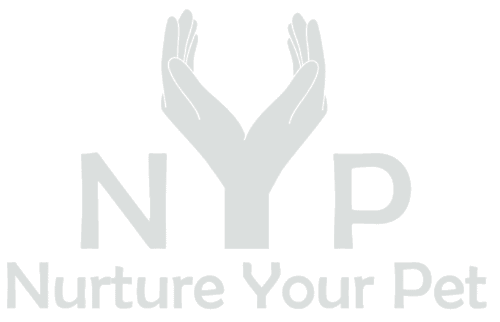What are the signs of aggression in dogs?
Your dog is likely to behave this way if it is aggressive:
- Stiff body posture
- Snarling
- Excessive low range barking
- Growling and snapping
- Standing tall with ears erect
- Carrying tail high as it moves stiffly from one point to another
These are some signs you will notice in dogs prior to attacking another dog or stranger that they perceive as enemies. When you spot these behaviors in your dog, you should identify the actual cause of aggression and address it as soon as possible.
What causes aggressiveness in dogs?
Now that you know the signs of aggression in dogs, you should learn its common causes. It is usually rare to find a dog aggressive. But most often, the cause is lack of socialization by its pet parent. Here are the reasons why your dog is highly aggressive:
1. Fear
Fear is the most common reason why your dog can be aggressive towards other dogs. This fear-based behavior can be due to past negative experiences with other dogs, abuse by previous owners, or just lack of proper socialization. Dogs will bring out aggressive behaviors when they feel that they are in danger and have to defend themselves to survive.
2. Anxiety
Anxiety can also cause aggression in dogs. A dog can get anxious when introduced into a new home or even when you welcome a new family member such as another pet. Dogs become worried about what might happen to them. Would they lose the attention that they were given because of the new pet? Or would they be treated well in their new home? Anxiety-based aggression usually goes away as the dog gets used to its new surroundings. Treating a new dog with love and care makes it to lower guard.

3. Protecting territory or possession
While this trait may be desirable in dogs, it may be a turn-off if your dog becomes too aggressive while protecting its perceived territory. For example, a dog may snarl and growl at a visitor trying to touch your baby because it was taught to protect the master’s baby!
4. Illness
Growling or nipping? Some dogs can become aggressive when they are ill or in deep pain. If your dog has been jovial when interacting with its furry friends and then it suddenly becomes aggressive, chances are that it can be sick. Consider taking it to the vet for a checkup.
5. Frustration
It is natural for any animal to become aggressive when it cannot do something it wants to. Dogs can let out their frustration on other dogs or even human beings in the form of aggressiveness.
6. Leash aggression
Your dog will bark and snap at anything as soon as you put it on a leash. This is because it feels restrained by the leash and desires to move freely like other dogs.
How to stop aggression in dogs
Addressing aggression in dogs is not something that can be done overnight. It takes patience and hard work to make your pooch well-behaved. Here are some tips you can implement to reduce aggressiveness in dogs:

1. Socialize your dog
This is one of the most effective ways to prevent or treat aggression in dogs. When a dog gets used to interacting with new people and other pets such as cats, then it will become less aggressive. Dogs usually become aggressive when they are anxious or feel that their territory is being attacked. And socializing dogs will make them feel normal in the presence of other dogs.
2. Treat your dog with kindness and respect
Is your dog barking at you or maintaining direct eye contact? Chances are that your dog feels you are not giving it the respect it deserves. Or you are favoring another pet and not giving it equal attention. Spend more time with your dog and shower it with lots of toys to feel appreciated.
3. Take your dog through obedience training
Dog obedience training will help you control its behaviors by mastering basic commands such as sit, down, and stay. Dogs that undergo training are calm and easy to manage compared to dogs that don’t.
Conclusion
Aggression in dogs has many causes such as underlying pain, frustration, fear, anxiety, and the need to protect territory. Aggressiveness in dogs is treatable and involves identifying the underlying cause. What’s more, socializing your dog can make it calm in the presence of other dogs and human beings.
You might be Interested in Training Guide on Alert Barking or Dog Jumping on People or Dog Biting. Comment below to share any Tips or Tricks on how to stop a Dog from Being Aggressive with our readers.









